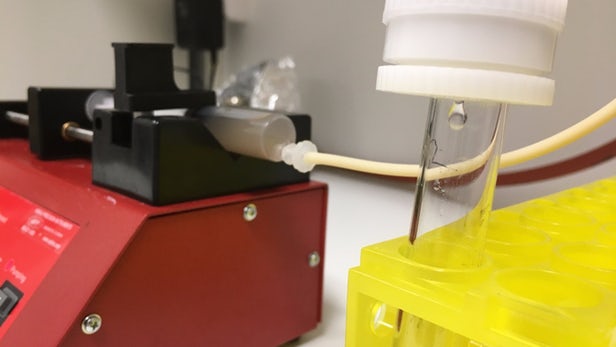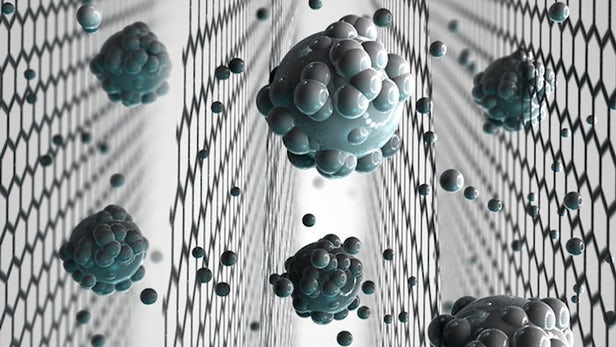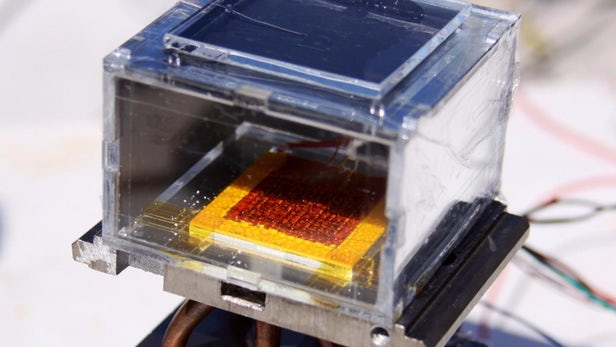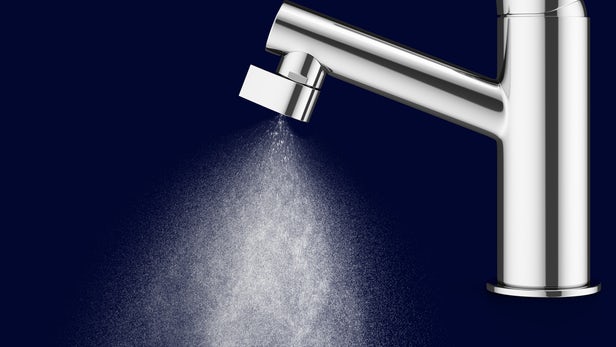Oftentimes, the places that require water purification the most – such as developing nations or disaster sites – have the least in the way of infrastructure. This means that electrically-powered systems can’t be used, while technology utilizing materials such as silver may be too costly. Help could be on the way, however, in the form of water filters made from wood.
Developed by a team led by Prof. Monica Ek at Sweden’s KTH Royal Institute of Technology (where other interesting things have been done with wood), the filters more specifically incorporate wood-derived cellulose fibers.
These fibers not only trap suspended particles, but they’re also coated in a positively-charged polymer. Because bacteria and viruses are negatively-charged, they’re attracted to the polymer and then get stuck on it as the water is being filtered. They subsequently die while trapped there, unable to reproduce. Read more






